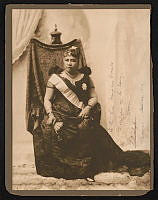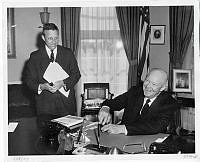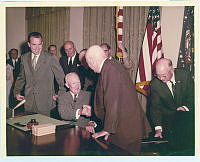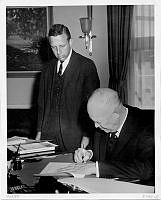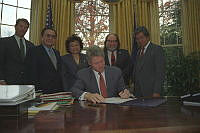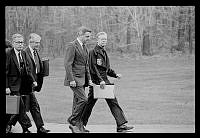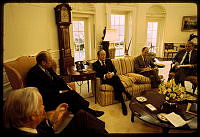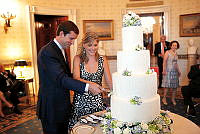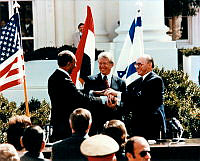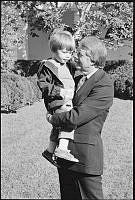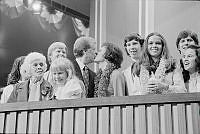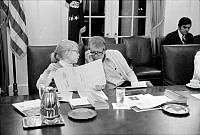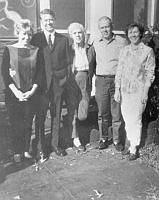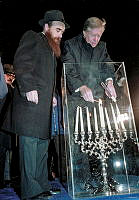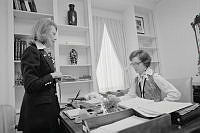White House Decorative Arts in the 1930s
Copyright © White House Historical Association. All rights reserved under international copyright conventions. No part of this article may be reproduced or utilized in any form or by any means, electronic or mechanical, including photocopying, recording, or by any information storage and retrieval system, without permission in writing from the publisher. Requests for reprint permissions should be addressed to books@whha.org
Interest in the White House grew after President and Mrs. Herbert Hoover took up residence in 1929. Lou Hoover appreciated the historic importance of White House furnishings and introduced a collection of historical paintings, portraits, and objects into the Entrance Hall where visitors gathered before tours. The first lady also initiated a study to record all of the White House’s historic objects. Mrs. Hoover created “The Monroe Room” on the second floor as a tribute to President James Monroe. This sitting room had been used as the historic Cabinet Room and a presidential study before 1930. Mrs. Hoover furnished the room (today’s Treaty Room) with reproductions of several pieces of Monroe’s furniture, a French mahogany table from 1817, and other Monroe-associated objects from the White House collection.
In 1933, Franklin and Eleanor Roosevelt moved into the White House in the midst of the Great Depression. In addition to two van loads of personal possessions the Roosevelts brought with them, the first lady ordered tables, a mirror, stool and bedsteads from the Val-Kill Furniture Shop. She co-founded the company in 1927 to provide employment for men in the Hyde Park, New York region. To accommodate the entertaining by the Roosevelts, a new state dinner service was ordered from Lenox and new glassware service was ordered. In 1938, Steinway and Sons donated a unique piano designed specially for the White House.

Desk. Morris W. Dove, Washington, D. C., 1932. This secrétaire-a-abattant (fall-front desk), a reproduction of the one on which James Monroe drafted the Monroe Doctrine, was commissioned by Lou Hoover for the "Monroe Room."













